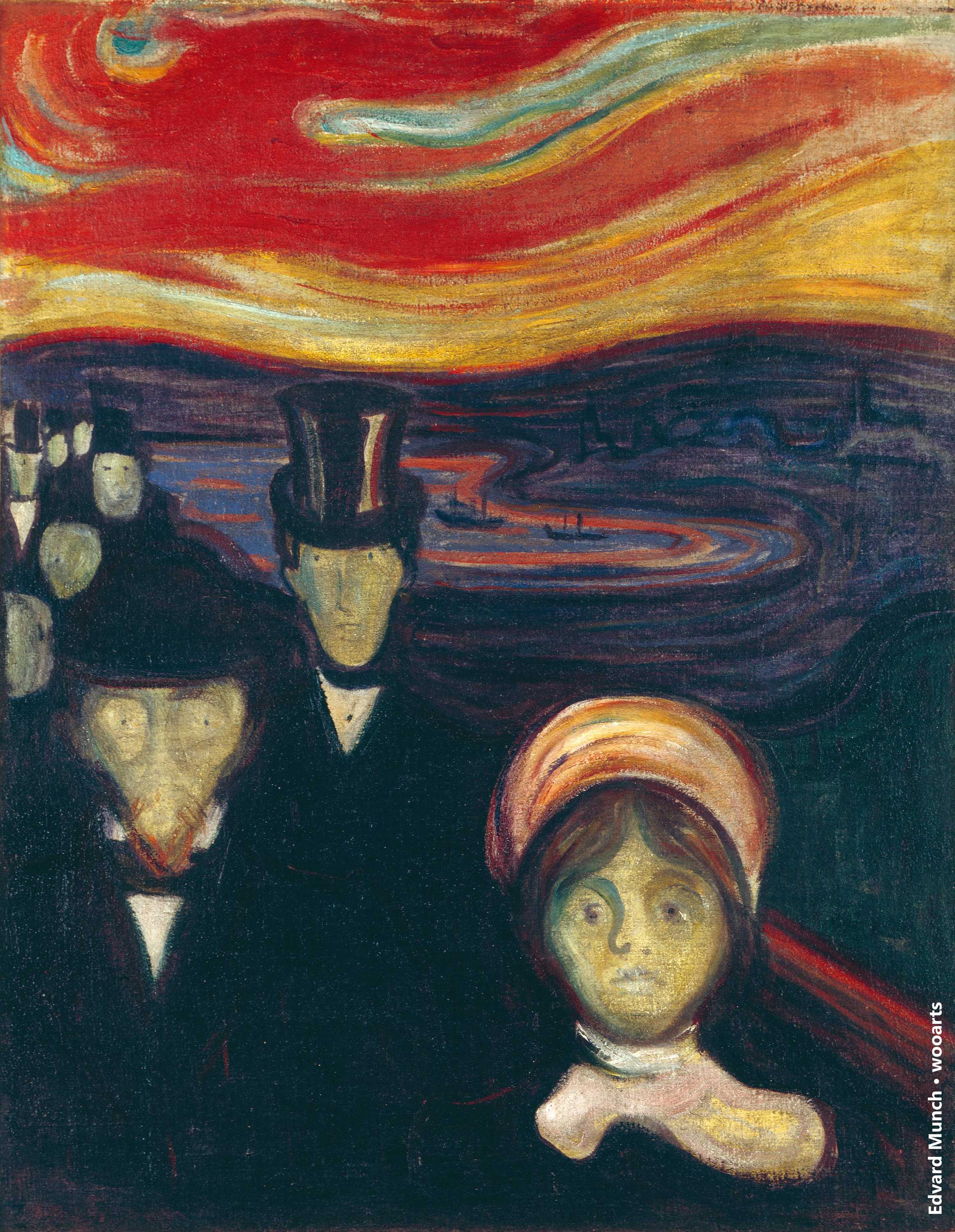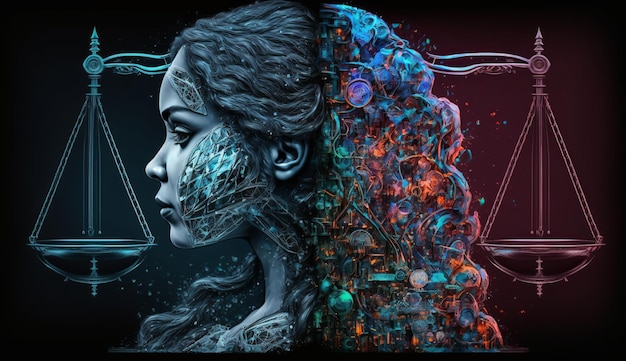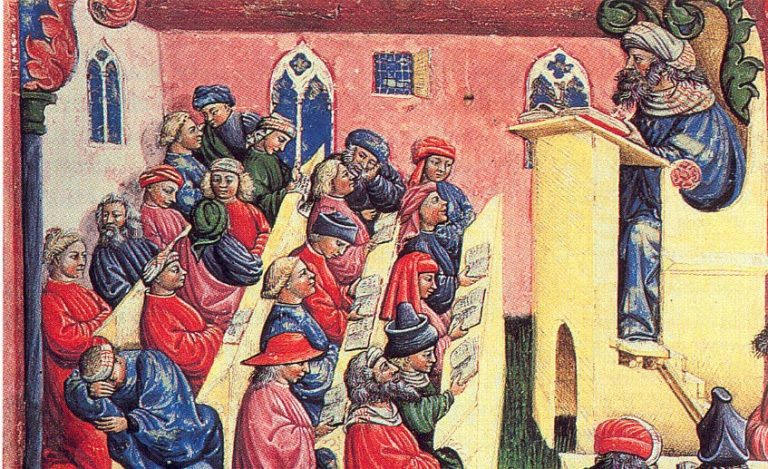Edvard Munch, the renowned Norwegian painter and printmaker, is a central figure in the Modernist movement, widely recognized for his emotional depth and innovative art techniques. His masterpiece “The Scream” not only broke boundaries but also became a symbol of existential angst. One of Munch’s recurrent themes is encapsulated in his work “Two Human Beings (The Lonely Ones),” exhibited at the Harvard Art Museums, where viewers can witness his unique approach to depicting connection and isolation between figures. The artist utilized diverse Munch art techniques, experimenting with color and brushes, crafting multiple iterations of the motif over his 40-year career. As the exhibition reveals, Munch’s journey through his art is a profound exploration of human relationships that continues to resonate today.
Exploring the life and works of Edvard Munch unveils a complex tapestry of emotions and artistic evolution. Known for his distinctive Modernist style, Munch has left an indelible mark on the art world, with iconic pieces that frequently delve into themes of loneliness and companionship. His relentless experimentation with motifs, such as “Two Human Beings (The Lonely Ones),” showcases his ability to play with color and composition while inviting viewers into an intimate dialogue with his creations. The ongoing Munch exhibitions, particularly at places like the Harvard Art Museums, emphasize his innovative printmaking techniques alongside his compelling painting style. Ultimately, Munch’s art serves as a poignant reminder of the intricate dynamics of human connection.
The Evolving Motif of Edvard Munch’s ‘Two Human Beings’
Edvard Munch’s fascination with the motif of ‘Two Human Beings’ showcases the evolution of his artistic style over decades. Originally painted in the late 19th century, this motif underwent numerous transformations, appearing in various forms including oil paintings, woodblock prints, and etchings. Munch’s multiple reinterpretations reflect not only his technical growth but also a deepening exploration of themes surrounding human emotion and isolation. The figures, often portrayed along a desolate shoreline, encapsulate a poignant moment of shared solitude, revealing complexities in their relationship and connection to the surrounding landscape.
The lasting impact of this repeated motif lies in how Munch deconstructed and reconstructed it throughout his career. By adjusting color palettes and brush techniques, he continuously redefined what the figures represented. As curator Elizabeth M. Rudy notes, each iteration reveals Munch’s artistic journey — the motif evolves from mere representation to an exploration of deeper emotional truths. This reflects the nature of Munch’s broader body of work, where repetition becomes a method of inquiry rather than a sign of artistic redundancy.
The Unique Art Techniques of Edvard Munch
Munch’s artistry is marked by his innovative techniques, blending a textured approach with expressive brushstrokes. His use of oils in ‘Two Human Beings’ highlights a mastery of color and texture, creating vibrancy that draws the viewer into the emotional currents of the piece. This technique is evident both in the smooth application of paints and the intentional leaving of unpainted canvases — methods that lend a sense of spontaneity and rawness to his work. The contrast between vibrant hues and bare surfaces gives the illusion of a dynamic energy, inviting viewers to engage more deeply with the artwork.
Additionally, Munch’s experimentation with printmaking techniques reveals yet another layer to his artistic expression. Utilizing a jigsaw method for his woodblock prints, Munch crafted intricate compositions that allowed him to experiment with colors and layouts extensively. By cutting the figures into separate blocks, he was able to produce artistic variations that maintained the essence of his original concept while exploring new emotional resonances. Such innovative techniques mark Munch as a pivotal figure not only in the realm of painting but also in the evolution of modern printmaking.
Munch’s Exploration of Companionship in ‘Two Human Beings’
While many interpretations of ‘Two Human Beings’ emphasize solitude and the essence of loneliness, curator Lynette Roth suggests an alternative perspective — that of companionship. In observing the positioning of the figures, it becomes evident that Munch depicts them in a shared space, reinforcing the notion that isolation does not necessarily preclude connection. The interplay of colors and emotional nuances in Munch’s work prompts viewers to consider the complexities of interpersonal relationships, transforming the lonely figures into companions contemplatively sharing a moment.
By engaging deeply with the motif throughout his career, Munch seems to prompt us to reflect on the nature of human relationships. The figures, often framed against a vast landscape, evoke a dynamic interplay of connection amid separation. Roth’s insights encourage a deeper analysis of Munch’s intentions – perhaps he aimed to illustrate that shared experiences, even when marked by solitude, can forge bonds that transcend the physical presence of another.
Munch’s Artistic Imperfections and Their Significance
Munch’s deliberate embrace of imperfections in his artwork serves to challenge traditional notions of artistic completion. In ‘Two Human Beings,’ the visible marks of his processes, such as sketch lines and unpainted areas, contribute to the painting’s authenticity. These unfinished elements invite the audience to consider the journey of creation itself rather than merely the final product. Munch’s unique perspective on artistic flaws reshaped the expectations of art, suggesting that unfinished work can convey just as much depth and meaning as polished pieces.
Furthermore, Munch’s acceptance of imperfections can be viewed as a reflection of his own philosophical outlook. The essence of his artistic practice reveals a belief that true beauty lies in the embrace of the flawed and the incomplete. His decision to incorporate breaks in the print blocks or drips in the paint adds a layer of dynamism that amplifies the emotional intensity of his work. By doing so, Munch transforms imperfections into a vital component of artistic expression, marking a significant shift in Modernist art practices.
The Impact of Munch Exhibitions on Public Perception
Exhibitions like ‘Edvard Munch: Technically Speaking’ play a crucial role in redefining public perception of Munch’s work. By presenting a curated collection that focuses on the technical aspects of his creations, museums encourage audiences to look beyond biographical narratives that often overshadow the art itself. Munch’s enduring legacy is illuminated through such exhibitions, which explore his innovative approaches and artistic mastery, providing a more nuanced understanding of how he navigated both the mediums of art and the complexities of the human experience.
Moreover, the accessibility of Munch’s works through exhibitions means that contemporary viewers can engage with his art in a new light. By interpreting his motifs through the lens of technical growth and investigation, audiences are invited to engage in critical discussions surrounding art, technique, and emotion. This dual focus not only enriches the viewer’s experience but also enhances appreciation for Munch as a pivotal Modernist painter who pushed the boundaries of art forms and interpretations.
Understanding the Themes of Isolation and Connection in Munch’s Work
The themes of isolation and connection are deeply woven throughout Edvard Munch’s body of work, most notably seen in ‘Two Human Beings.’ The figures standing at the shoreline embody the duality of solitude and companionship, prompting viewers to question the nature of their emotional states. Munch’s consistent return to this subject matter illustrates not only a personal obsession but also an exploration of universal human feelings that resonate across time. This layer of complexity encourages a deeper understanding of how trauma, love, and connection shaped Munch’s perspective as an artist.
As viewers analyze Munch’s work, it becomes increasingly clear that his reflections on isolation are multifaceted. The imagery he presents allows room for interpretation; while loneliness is prominent, it starkly contrasts with the potential for connection. Munch’s examination of these emotional landscapes provides insight into the intricacies of human relationships. His ability to convey such depth establishes a dialogue between the viewer and the artwork, making Munch a significant figure within the broader context of Modernist art and its exploration of psychological themes.
Munch’s Influence on Modern Art Movements
Edvard Munch’s influence extends beyond his lifetime, making a profound impact on various Modern art movements. His emotive use of color and form can be seen in the works of artists who followed in his footsteps, particularly those exploring themes of emotion and identity. Munch’s ability to convey psychological experiences laid the groundwork for Expressionism and paved the way for future artists to delve into abstract emotional representation. His bold techniques and thematic concerns resonate in the contemporary art scene, inspiring artists to embrace vulnerability in their work.
Furthermore, Munch’s innovative printmaking techniques pioneered new methods that many modern artists employ today. His experimental approach to materials and composition invites artists to challenge conventions, fostering a spirit of innovation within art communities. As exhibitions continue to showcase his work, they highlight Munch not just as a historical figure but as a continuing source of inspiration for the exploration of emotion, technique, and the human experience.
The Legacy of Edvard Munch at the Harvard Art Museums
The Harvard Art Museums boast one of the most comprehensive collections of Edvard Munch’s works, thanks to philanthropic contributions that have allowed them to preserve and exhibit significant pieces of his artistry. This collection serves as a testament to Munch’s enduring legacy within the art world, affirming his importance as a Modernist master and a pivotal figure in the evolution of expressive techniques. By housing such a wealth of Munch’s work, the Harvard Art Museums facilitate continuous engagement with his art, allowing for ongoing exploration and appreciation of Munch’s genius.
In addition to preserving his works, exhibitions at the Harvard Art Museums, such as ‘Edvard Munch: Technically Speaking,’ prompt critical discourse surrounding his art. Such initiatives invite scholars, students, and art lovers to consider the various layers of his creations, from technical exploration to emotional narratives. These discussions enrich the understanding of Munch’s contribution to the art world, ensuring his status as one of history’s most innovative and emotionally resonant artists remains alive and vibrant.
Frequently Asked Questions
What is the significance of Edvard Munch’s ‘Two Human Beings’ in art history?
Edvard Munch’s ‘Two Human Beings (The Lonely Ones)’ is significant in art history as it showcases his exploration of themes like isolation and companionship. This work, painted between 1906 and 1908, is part of Munch’s 40-year obsession with the motif of two figures standing apart yet connected, reflecting modern existential themes. Munch’s innovative techniques, such as woodblock printing and varied color use, further emphasize its importance in the context of the Modernist movement.
Where can I see Munch’s artwork, particularly ‘Two Human Beings’?
You can see Edvard Munch’s ‘Two Human Beings’ at the Harvard Art Museums, where it is part of the exhibition titled ‘Edvard Munch: Technically Speaking.’ This exhibition features extensive works from Munch’s collection, including various iterations of his famous motifs, enhancing the understanding of his techniques and themes.
What are the key Munch art techniques used in ‘Two Human Beings’?
In ‘Two Human Beings,’ Edvard Munch utilized various art techniques, notably thick paint application, visible sketch lines, and a dynamic use of color to evoke emotion. His innovative woodblock printing method also allowed him to create multiple compositions, exploring the same figures through different techniques and color schemes, which highlights his versatility as a modernist painter.
How did Edvard Munch’s themes evolve in different versions of ‘Two Human Beings’?
Throughout his career, Edvard Munch’s iterations of ‘Two Human Beings’ evolved in terms of emotional depth and stylistic expression. While originally interpreted as a symbol of loneliness, later versions reveal nuances of companionship and connection between the figures and the surrounding landscape, showcasing Munch’s growth and exploration of complex human emotions.
What can we learn from Munch’s repeated explorations of ‘Two Human Beings’?
Munch’s repeated explorations of ‘Two Human Beings’ highlight his dedication to understanding human relationships and emotional complexity. Each iteration offers insights into his artistic process, showcasing how he used different techniques to express themes of isolation, connection, and the human condition, revealing the depth of his engagement with these motifs over time.
What role does isolation play in Edvard Munch’s ‘Two Human Beings’?
Isolation is a central theme in Edvard Munch’s ‘Two Human Beings,’ depicted through two figures who stand side by side yet appear emotionally distant. This motif captures the essence of loneliness that can persist even in companionship, a recurring exploration in Munch’s body of work that resonates with modern themes of existential angst.
How does the ‘Two Human Beings’ motif relate to Munch’s other works?
The ‘Two Human Beings’ motif relates closely to Edvard Munch’s other works, particularly his renowned pieces like ‘The Scream.’ Both express deep emotional truths, with Munch using this recurring motif to examine themes of human connection, loneliness, and psychological complexity, making it a critical part of his overall artistic narrative.
What impact did Edvard Munch have on Modernist painting?
Edvard Munch had a profound impact on Modernist painting, characterized by his emotional expressionism and innovative techniques. His works, including ‘Two Human Beings,’ challenged conventional aesthetics, paving the way for future movements that emphasize psychological depth and the exploration of human experience in art.
| Aspect | Description |
|---|---|
| Artwork Title | Two Human Beings (The Lonely Ones) – 1906-8 |
| Medium | Oil on canvas |
| Exhibition Location | Harvard Art Museums |
| Exhibition Dates | Open until July 27, 2025 |
| Key Themes | Isolation, companionship, artistic exploration |
| Munch’s Techniques | Mix of painting techniques, embracing imperfections, variations in prints |
| Notable Quotes | “The more I engaged… they actually aren’t that lonely.” |
| Artistic Evolution | 40 years of reinterpreting the motif |
Summary
Edvard Munch’s fascination with the motif of “Two Human Beings” reveals much about his artistic development and the exploration of deeper themes such as companionship and isolation. This enduring connection to his subjects illustrates how Munch’s work transcends mere representation, delving into the nuances of human emotion and the complexity of relationships. His unconventional techniques and embrace of imperfections add layers to his art, prompting viewers to reconsider previously held notions about loneliness. Through works like “Two Human Beings (The Lonely Ones),” Munch not only crafts a narrative of solitude but also one of connection, inviting us to explore the rich emotional landscapes he created.



